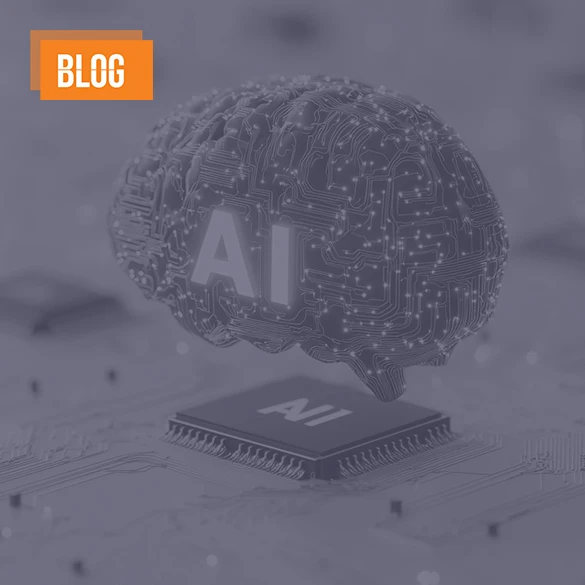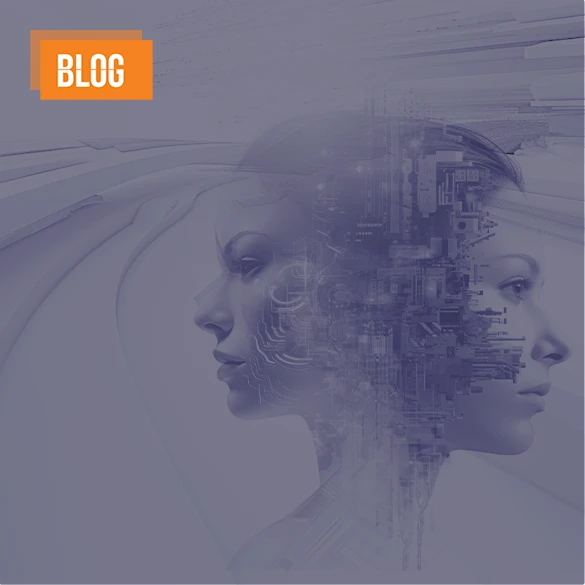Customer Next-Understanding Digital Twins


For companies, processes play a crucial role in ensuring that they maintain their competitiveness while also meeting important standards. Therefore, it is particularly important to design critical decision-making processes.
All scenarios should be considered directly or indirectly for structurally healthy process design; only then can organizational decision-making processes can be carried out without any risk.
If we look at the individual customer’s decision-making processes, there are no standards to dictate their decisions in the many scenarios they might encounter. Unlike companies, there is no complete certainty when it comes to individual decision-making.
However, this does not mean that customers' purchasing decisions are unpredictable. On the contrary, it is always possible to develop customer expectations and suggest appropriate purchases by using accurate data analysis.
During this era of rapid technological transformation, many companies are trying to predict customer expectations with data analytics solutions and artificial intelligence-supported recommendation engines. The possible results are then shared with the customer and the results are observed by the company. The most critical point in this process is to create a learning cycle according to customer reactions by taking the risk of disturbing the customer.
So, can this approach be effective and sufficient?
From a strategic point of view, establishing a sustainable and profitable connection with customers by managing uncertainty should be one of the top priorities of any companies.
This is exactly where we find a critical detail: Today's customers stop shopping with companies that offer recommendations they think don't really fit them!
The concept of “digital twin” is an advanced approach that will enable companies to eliminate the risk at this endpoint with their customers. All possible scenarios and potential effects can be simulated with virtual twins that are digitally created for each customer. Thus, companies can accurate anticipate the customer’s decision and present them with appropriate choices at the right moment.
Simulations can be made on digital twins before taking actions that will affect the customer directly, such as personal campaigns and offers, price changes, differentiation of service levels, design revisions, and new product launches. In addition, digital-twin simulations can help identify the right price and service levels or reduce the risk of complaints to zero.
On the other hand, it will be possible to provide significant savings and cost advantages in the future by making use of digital twins in the preliminary preparation and data collection processes of the customer’s micro experience, which is becoming increasingly important in today’s marketplace.
Digital twins can be used for B2B services as well as B2C. B2B customer decision-making processes are more complex compared to B2C. Given the digital-twin approach to continuous learning and accurate editing of uncontrollable variables, B2B complexity is only a parameter for determining the technological investment to be made in the digital twin.
The widespread use of big data and 5G technologies are the most important factors that will enable the digital twin approach to be widely implemented by companies.
In summary, digital twins will be an essential key for companies to create profitable and differentiated business models and become sustainable in the increased uncertainty of the future.








